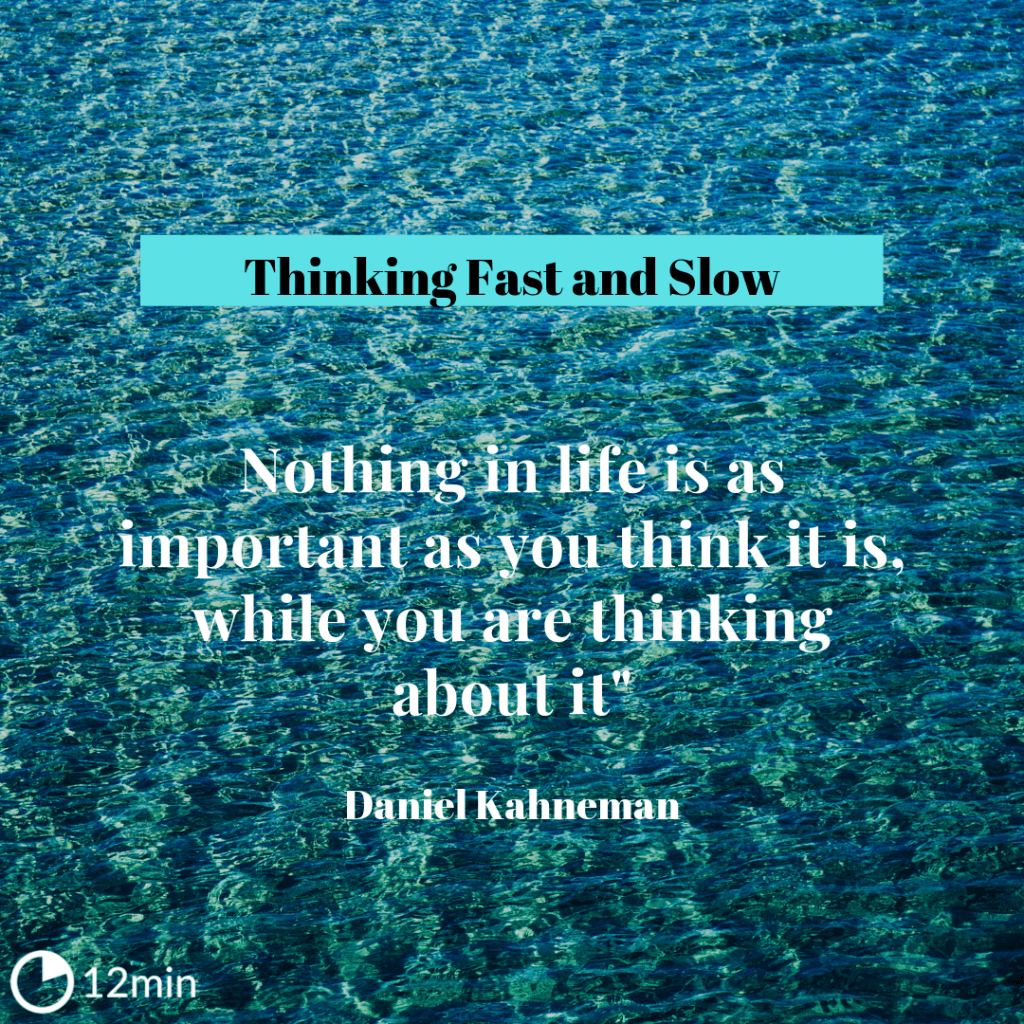

System 1 thinking is quick, effortless and intuitive, and can often lead to flawed decisions anchored on pre-implementation planning. Kahneman (2011) terms this manner of thinking and decision-making System 1 thinking. This means that when faced with risk and uncertainty during project execution, project managers and their teams subconsciously draw only on that evidence that points toward the original project plan, thereby jeopardizing project success (Kahneman, Lovallo & Sibony, 2011). The challenge is that even when we have the necessary information available to uncover what we don’t know, people are prone to drawing only on that information that supports previous experience. Uncertainty, in turn, has often been defined simply as “what we don’t know” (Stewart & Fortune, 1995). Gong and Janssen (2012) define flexibility as the ability to react to change and agility as the speed in responding to change.

Because of this, flexibility and agility become necessary characteristics to manage uncertainty during the actual execution of projects (Huchzermeier & Loch, 2001). Now while careful planning should not be downplayed, many projects, especially in the face of a rapidly advancing technological age, are too highly complex to be comprehensively catered for by scenario and project planning. Traditional approaches to risk management have focused primarily on project planning and control (Atkinson, et al., 2006). And for this, the approach to identifying, assessing and managing risk must undergo a fundamental shift. Projects should be executed with speed and agility, making them adaptable in the face of risk. To achieve greater success, projects need to be managed and executed in such a way that reflects the complexity of their environments (Atkinson, Crawford & Ward, 2006). Supportive of this view are the findings from a survey of 250,000 projects, where 72% of projects were rated as either “failed” or inadequate regarding the initial project goals (Standish, 2001). And furthermore, traditional risk management approaches have been ill-equipped to deal with this uncertainty and risk, even less so in the fast-changing economic and technological environment of the present. This uncertainty around the ‘best path’ for business execution is a very real contributor to project failure. The best path is only realized once already on the path with sometimes painful experiences that shed light on the path. The composition of objectives, stakeholders and resources are unique to the circumstances of each project, making the path from the current state (project start) to the desired state (project outcomes) an often foggy and treacherous. Projects, programs, and portfolios are the foundation of successful business execution, which by nature is novel, complex, and risky.


 0 kommentar(er)
0 kommentar(er)
